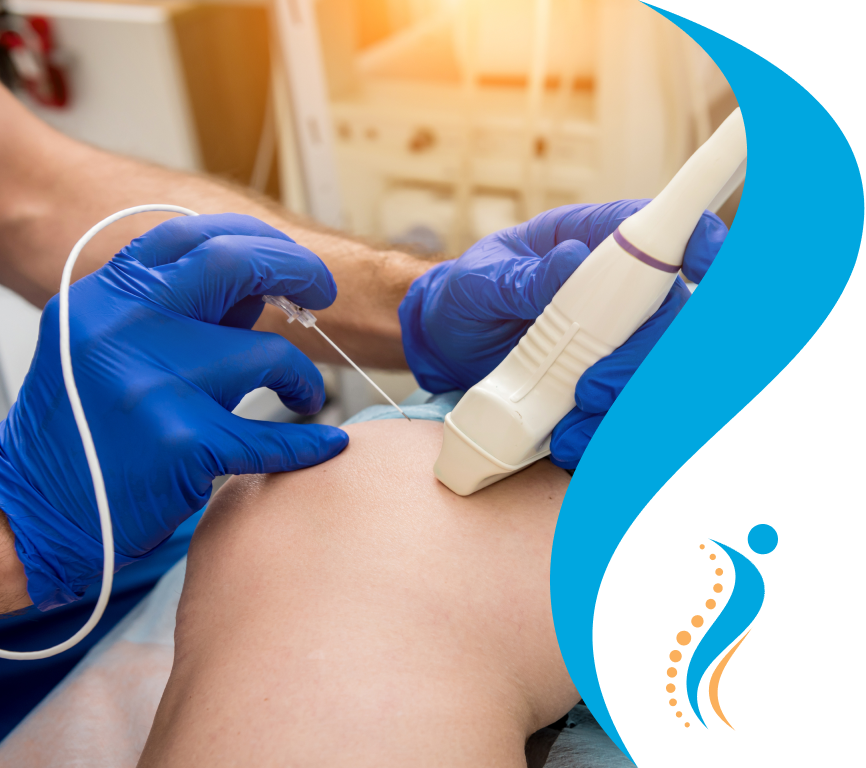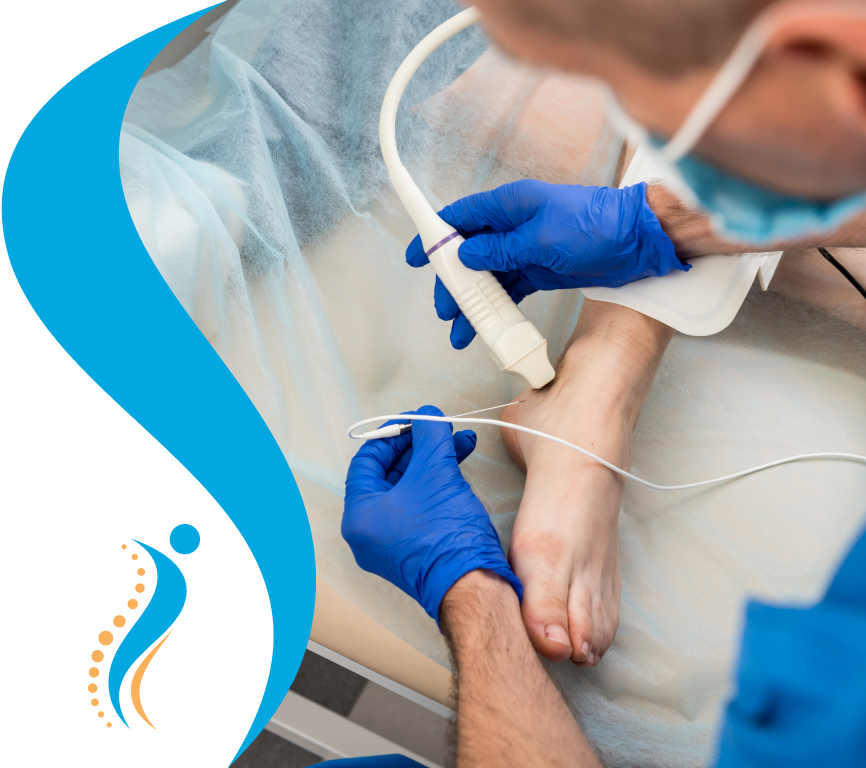Radiofrequency Ablation
We know that lower back and joint pain can take a toll on your life and on your mental health. We use Radiofrequency Ablations to heat affected nerves effectively blocking pain signals coming from these nerves, leading to months-long pain relief.
Frequently Asked Questions
It is common to have questions about your procedure. If these answers are not sufficient, we are always happy to talk in more detail. Just reach out!
-
How long do radiofrequency ablation results last?
Pain relief can occur anywhere from immediately after the procedure to about four to six weeks later. The aim is that relief from this intervention will last approximately 9 to 12 months, although this varies. Some patients have experienced multiple years of pain relief after radiofrequency ablation.
Are There People Who Should Not Get a Radiofrequency Ablation?
Though mostly safe with few side effects, RFA is not a procedure for everyone. Your provider can determine if you can and should get a RFA. Always tell your provider about all the conditions you currently have in addition to your full medical history to get the most accurate assessment of whether you can have RFA.
What are the benefits to a Radiofrequency ablation procedure?
As a minimally invasive procedure, RFA does not require extensive in-hospital recovery. Because the doctor does not need to make a large incision for this operation, most patients tolerate it well and experience few complications. Another benefit of this procedure is that it can decrease the amount of opioids and pain medications patients need to take, along with providing long-lasting pain relief.
-
What Are Possible Side Effects of Radiofrequency Ablation?
As with all medical procedures, there is a risk of side effects. The most common is minor discomfort at the injection site in your back may appear in the hours after the local pain reliever wears off and can last for two to three days. Ice will ease this pain as will over-the-counter pain medications. Another common side effect can be some leg numbness from the local anesthetic. It should wear off in a few hours. Contact your doctor if you still have leg numbness the following day.
What Is Recovery Like?
Recovery from radiofrequency ablation is short compared to other procedures. You can return to your regular activities the day after you have RFA. If you have persistent pain or discomfort after a few days, talk to your doctor.
See Other Treatments
Interventional pain management involves procedures target and treat the source of pain directly, providing relief without relying solely on medications. This helps to address the root cause of pain with effective and personalized solutions that go beyond traditional pain relief methods.




